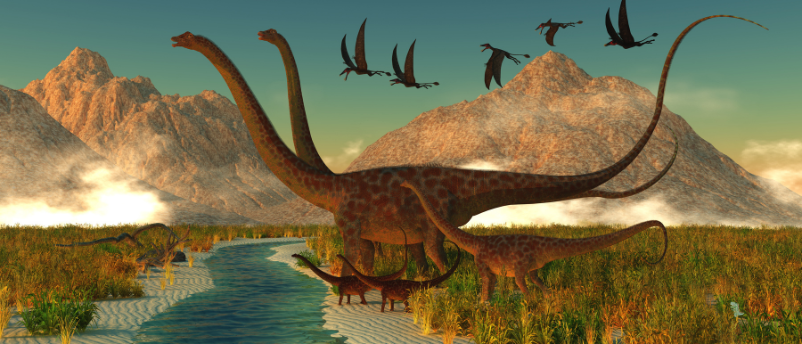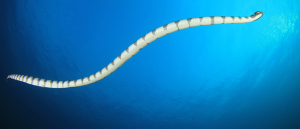
BioTechniques News
Aisha Al-Janabi

In a study on dinosaur feathers, researchers find that fossilization can alter trace protein composition and structure and find similarities to bird feathers.
Researchers at the University College Cork (Republic of Ireland), Linyi University (China) and the SLAC National Accelerator Laboratory (CA, USA) have found that the protein composition of dinosaur feathers is more similar to modern-day birds than previously thought, shedding new light on feather evolution.
Earlier studies found that dinosaur feathers were mostly composed of alpha-keratin, which makes feathers less stiff, whereas bird feathers consist of beta-keratin, which makes them stronger. However, the researchers of this study wondered if this difference was due to changes caused by fossilization.
To find out, they analyzed samples of 125-million-year-old feathers from the dinosaur Sinornithosaurus and from an early bird called Confuciusornis, and a feather from the USA that is 50 million years old using the Stanford Synchrotron Radiation Light Source. The powerful X-rays helped the team to determine if the beta-proteins were in their native form or if they had altered over time.
 Sea snakes regain color vision through gene duplication
Sea snakes regain color vision through gene duplication
Snakes lost their color vision many millennia ago, but one species of sea snake has regained these genes.
They also simulated the temperatures that occur during fossilization. This showed that beta-keratin can unravel under extreme temperatures and form alpha-keratin, which could explain the difference in protein composition. Fossil proteins are a useful tool in evolutionary biology however “the idea that original protein composition may change over time is an often-overlooked aspect of looking at biomarkers from deep time,” explained co-author Sam Webb (SLAC National Accelerator Laboratory).
Their results show that the observed difference in protein composition between dinosaurs and birds is likely due to the fossilization process, giving new insights into feather evolution.
“Traces of ancient biomolecules can clearly survive for millions of years, but you can’t read the fossil record literally because even seemingly well-preserved fossil tissues have been cooked and squashed during fossilization,” commented Maria McNamara (University College Cork). “We’re developing new tools to understand what happens during fossilization and unlock the chemical secrets of fossils. This will give us exciting new insight into the evolution of important tissues and their biomolecules.”
The post Dinosaur feathers have similar protein composition to bird feathers appeared first on BioTechniques.
Powered by WPeMatico
